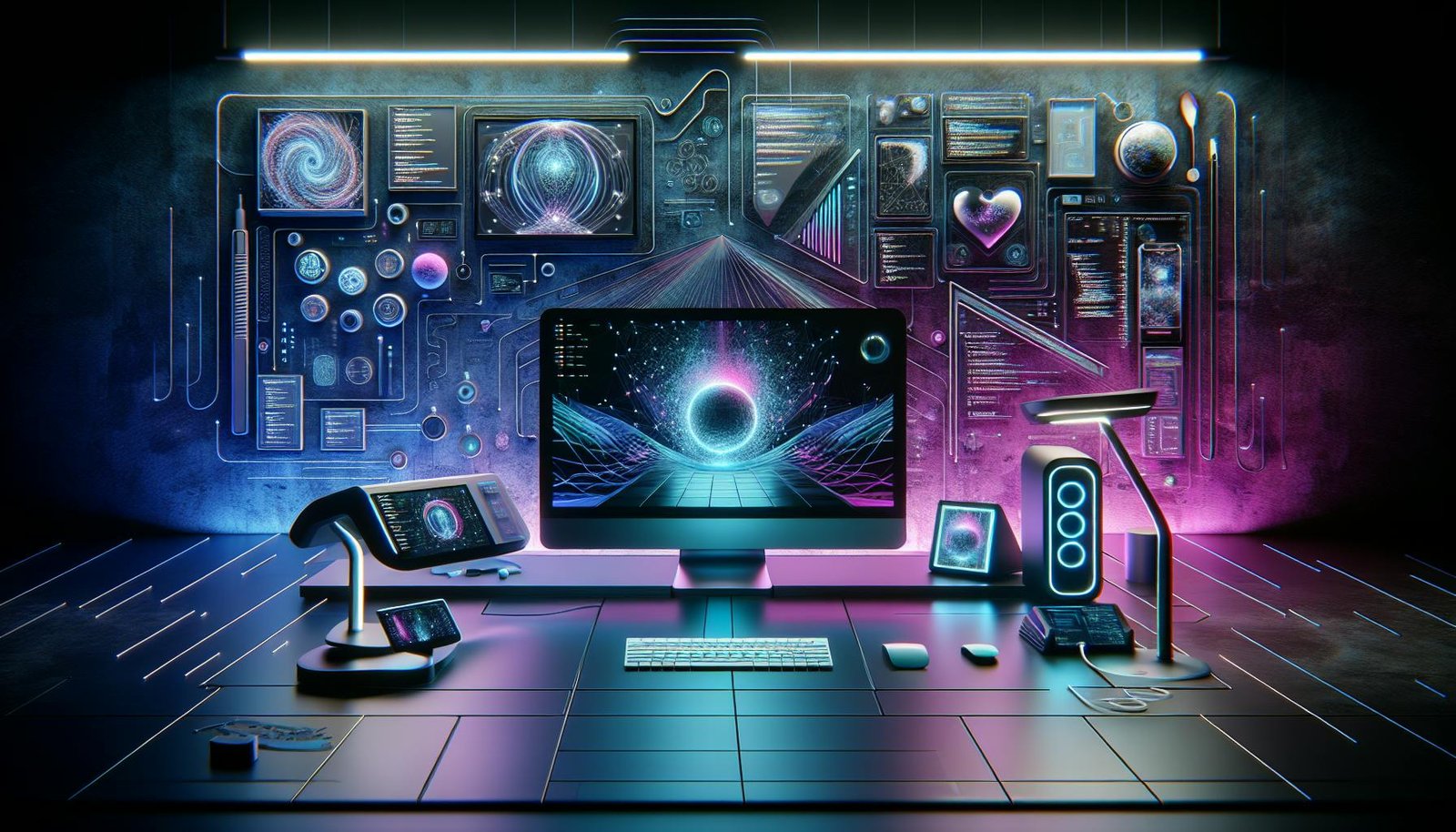Seeing the ominous blue screen of death on your Windows PC strikes dread for good reason – the operating system itself has crashed. Thankfully, easy home fixes address many common error triggers.
In this post, we’ll cover what typically causes these critical stop codes, tools to decipher the associated error messages, and actionable troubleshooting methods to revive your unresponsive computer.
Follow along to learn how resolving Windows blue screen errors is very achievable without professional help or you can research by reading technology articles blog if you take things step-by-step.
Understand What Triggers the Windows Blue Screen
Before attempting to fix the root causes, we should first understand why these system crashes happen in the first place.
At a basic level, blue screens are the result of some essential Windows component failing, often due to:
- Faulty or outdated drivers
- Damaged system files/settings
- Hardware problems like bad RAM
- Firmware issues
- Software conflicts
When a core process breaks down, Windows has no choice but to display the “Your PC ran into a problem and needs to restart” message and trigger a shutdown to avoid further issues.
By pinpointing the problematic area leading to the crash, you can directly troubleshoot the appropriate fixes.
Analyze Details Within the Stop Code
While scary looking, the alphanumeric string displayed under the 🙁 sad face offers clues. Let’s break things down:
The key pieces of information here include:
- Stop code – Points to the type of failure. Some common ones include:
- MEMORY_MANAGEMENT (0x00001234) – Often RAM issues
- PAGE_FAULT_IN_NONPAGED_AREA (0x050) – Hardware problems
- IRQL_NOT_LESS_OR_EQUAL (0x0000000A) – Outdated drivers generally
- Error details in parentheses – Low-level technical causes that can help identify offending software.
- Hex values 0x00000000 – Memory addresses of processes/components involved.
Matching this coded data to known issues guides optimal troubleshooting.
Check Event Viewer for Recent Warnings
The Event Viewer utility compiles detailed app and system diagnostic information. Often it registers activity warnings around a blue screen crash that highlights the failing component.
To check:
- Type “Event Viewer” into the taskbar search box and launch the app.
- Expand Windows Logs > System to view error reports.
- Check timestamps around the blue screen incident for relevant messages.
- Search online to understand the warning significance to pinpoint trouble areas.
Address any potential app or hardware issues called out here.
Restore System Files to Fix Corruption
Over time, key Windows system files can become corrupted leading to critical functionality loss. Restoring intact copies often resolves instability leading to crashes.
To initiate System File Checker scan and repair:
- Type “command prompt” into the taskbar search box.
- Right-click the top result and select “Run as Administrator”.
- Type sfc /scannow and hit enter to launch the system file scan.
This automatically restores missing or damaged operating system files vital for stability.
Roll Back Recent Driver Updates
Updated but faulty device drivers account for nearly 50% of Windows blue screen errors. If crashes started after a recent driver push:
Attempt roll back by:
- Press Win + X and select Device Manager
- Locate the problematic driver category indicated via error code
- Right-click the concerning device > Properties > Driver tab
- Select “Roll Back Driver” to revert to the previous stable version
Confirm if this stops further blue screen occurrences.
Check RAM Issues with Windows Memory Diagnostic
Unstable memory modules cause intermittent freezes and crashes. Utilize the built-in Windows Memory Diagnostic tool:
- Type “Windows Memory” into the taskbar search box.
- Select “Windows Memory Diagnostic” in the results.
- Click the “Restart now and check for problems” link when prompted.
This scans RAM during system boot to detect faults. If errors show, you likely need fresh memory module replacements to resolve blue screen issues.
Update BIOS, Chipset and Firmware
While less common, outdated supporting system software can also trigger Windows crashes unexpectedly.
Confirm devices and motherboard run the newest:
- Motherboard BIOS
- Chipset drivers
- SSD firmware
- Graphics card BIOS
Consult your PC or motherboard manual on safely flashing key firmware components to the latest stable versions.

Run SFC and DISM Scans
For persisting crashes, run sequential SFC and DISM scans to check for deep-seated system file corruption the basic SFC scan may have missed initially:
- Repeat the sfc /scannow scan again first.
- Follow up with the DISM /Online /Cleanup-Image /RestoreHealth scan.
This rigorous two-step process hunts down residue corruption that often takes multiple passes to resolve fully.
In specific cases, you may need to grab DISM scan by visiting the Microsoft Update Catalog based on your Windows build. But for most, the above integrated version works.
Reset Windows Without Losing Data
If all else fails, resetting Windows while retaining personal files and user settings provides a clean slate eliminating software-based blue screen triggers.
To refresh Windows:
- Go to Settings > Update & Security
- Select Recovery on the left menu
- Under “Advanced Startup” Click the “Restart Now” button
- Once booted into the recovery menu, go to Troubleshoot > Reset this PC
- Choose “Keep my files” during the reset to preserve data
This retains your documents and media while clearing app and system file-related corruption.













